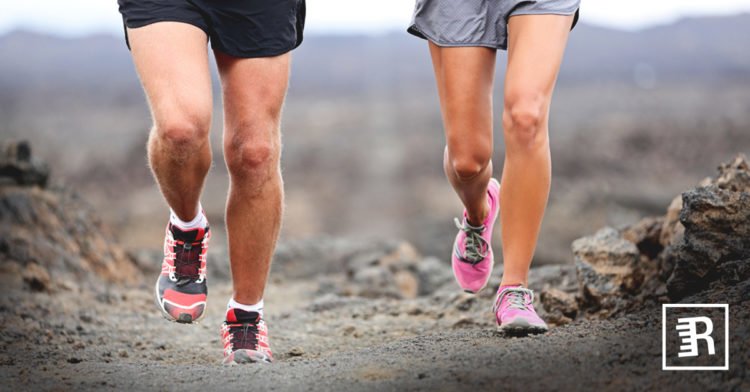Has Runner's Knee taken a hold of you?
Runner's knee was named after the unfortunate reoccurrence of the same issue among runners. The causes and symptoms may already have taken a hold of you, but with the right knowledge you can empower yourself to be pain free.
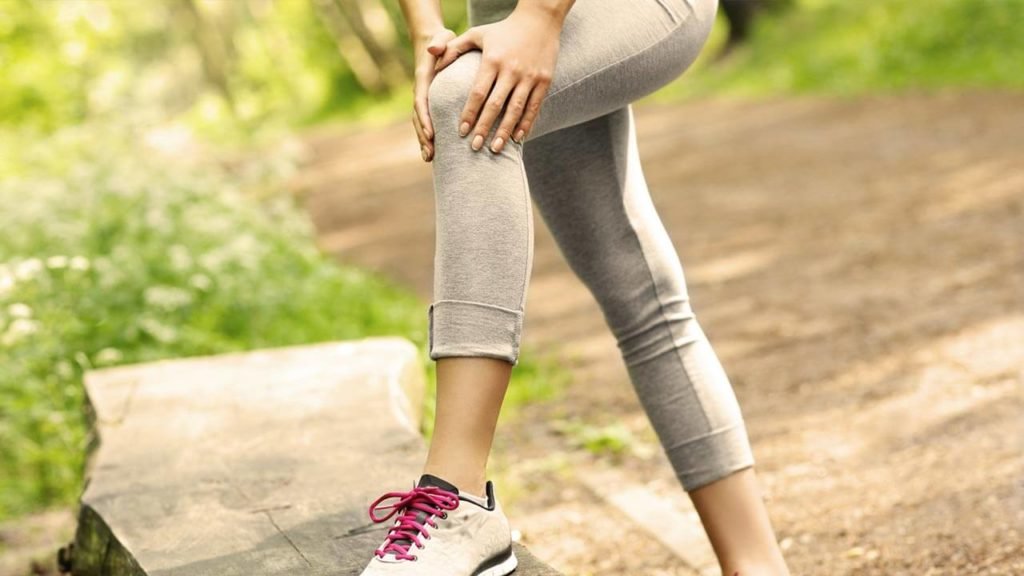
What Runner's Knee Means
Runner's Knee is also known as Chondromalacia or Patellofemoral Pain Syndrome, all of which include the same symptoms. Runner's knee is the irritation of the cartilage behind your knee cap, otherwise known as the patella. The continual strain upon the knee with daily movement can be wearing and can worsen without the proper strength.
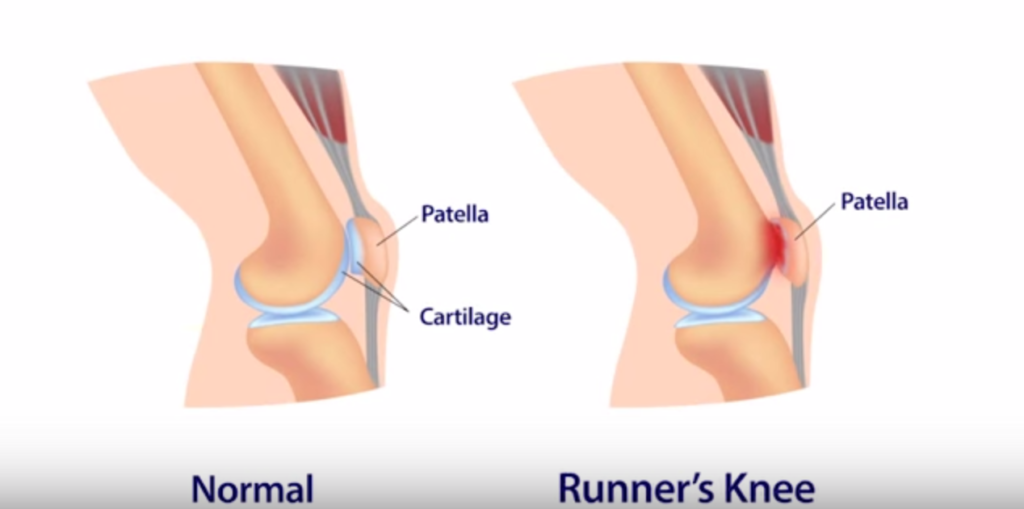
Your lower back and knees are a point of stability in your body. Without the right stability, your body will start to compensate and trigger other injuries.
Activities and sports can lead to the patella wearing down the cartilage with continual impact. In some cases, your movement can force the patella to the side and out of its pocket in your knee, which can cause further irritation. Once the patella is out of place and the cartilage is worn down, it will cause your bones to rub against one another, resulting in further damage and pain.
As you will see in the Infographic below, it is Number 1 on the list of common running injuries affecting runners.

The Cause
The cause of runner's knee is not clearly defined. It can be a number of different things ranging from your daily movement, to the structure of your bones, or to your hard workouts. Your knees take impact every day as you move, but certain activities can cause the breakdown of cartilage to occur faster.
Running makes a significant impact on your body, as your knees act as shock absorbers. The patella rests in a pocket within your knee that is surrounded by muscles and tendons. If your muscles and tendons are weak, then you have more potential in developing runner's knee or even IT Band Syndrome.
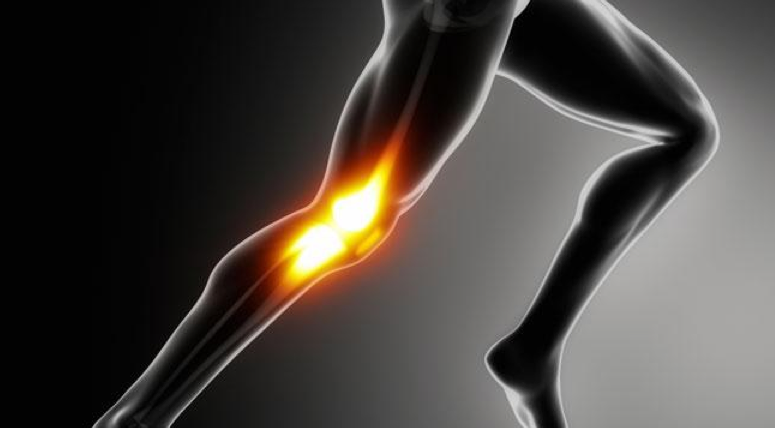
The root cause of runner's knee may be due to malalignment, muscle imbalance, overtraining, or a direct trauma. Malalignment can cause your patella to shift that makes cartilage breakdown faster, while muscle imbalance may be your muscles overcompensating for weaker ones. Knowing the balance of your body and what muscles need strengthening can relieve the pain of runner's knee.
Your feet may be another factor in causing runner's knee. If you overpronate or have fallen arches, then you may be more at risk. Runner's knee is also more common in women due to the commonality of weaker hip muscles and loose joints.
Symptoms May Include

The symptoms of runner's knee often begin with a dull ache underneath and around the knee cap that can lead to a grinding or popping sound.
The eventual breakdown of the cartilage behind the knee cap will cause extreme pain and potential inability to continue with your usual sports and activities. In extreme cases, knee pain can lead to a torn meniscus. With inflammation overwhelming the knee, you will need to seek medical help.
Pain walking up stairs, going uphill, or sitting with your knees bent all contribute to the progression of runner's knee. However, diagnosing your symptoms does not work in all cases. If your knee is swelling, or you have lost mobility, then immediately seek medical attention.
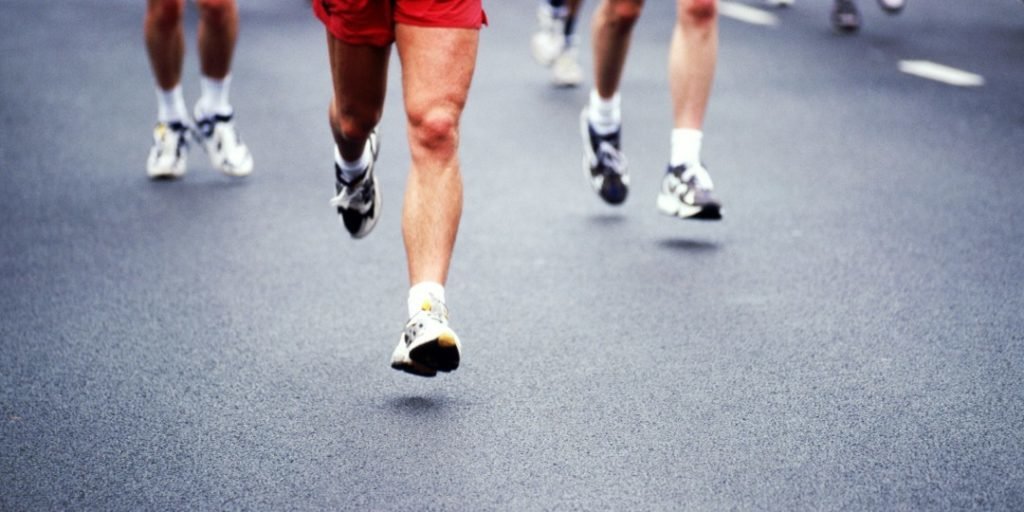
If you have only minor symptoms, then pay close attention to what your body needs to be healthier and more balanced. Runner's knee does not need to overtake your life and how you run. With the right knowledge, you can launch yourself forward to pain free running.

